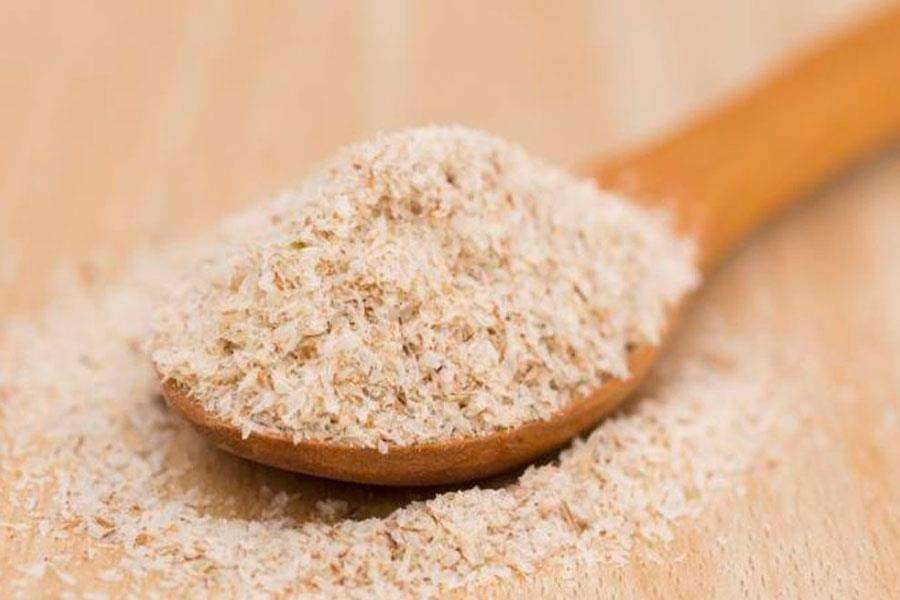
Zaragatona, a very effective natural laxative
The psyllium is a typical plant from the western Mediterranean area , very common in Spain and Morocco.
Its seeds are covered by a husk rich in fiber and mucilage that has multiple benefits for our body.
Thanks to its fiber that gelatinizes when it comes into contact with water, psyllium peel turns out to be one of the most effective natural painless laxatives.
It also acts against mild diarrhea because in the digestive tract, psyllium absorbs excess liquid and helps the stool harden.
The fiber in psyllium husk is soluble , so it helps us reduce blood glucose levels and bad cholesterol.
In addition, by producing a great viscosity when hydrated, psyllium peel turns out to be a great anti-inflammatory for the digestive tract as it lubricates it.
In weight loss diets it is also highly recommended to consume psyllium since once it reaches the stomach, it produces a feeling of satiety and reduces the anxiety caused by the desire to eat.
Applied to the skin, psyllium helps heal wounds, minor burns, ulcers, etc.
One of the most surprising culinary uses of Psyllium husk is that it helps improve the quality of gluten-free breads, giving them sponginess and elasticity.
It should be taken into account that the amount of psyllium to use will vary depending on the recipe for each type of bread.

